Archaeologists who examined aerial photographs taken in the 1960s and 1970s say they have revealed 396 previously unknown Roman fortification sites in Syria and Iraq, across the Syrian steppe (also known as the Syrian desert or Badiya), according to The Guardian .
The discovery, published on October 26 in Antiquity , an international journal of archaeology, forced researchers to reassess life on the fringes of the ancient Roman Empire.
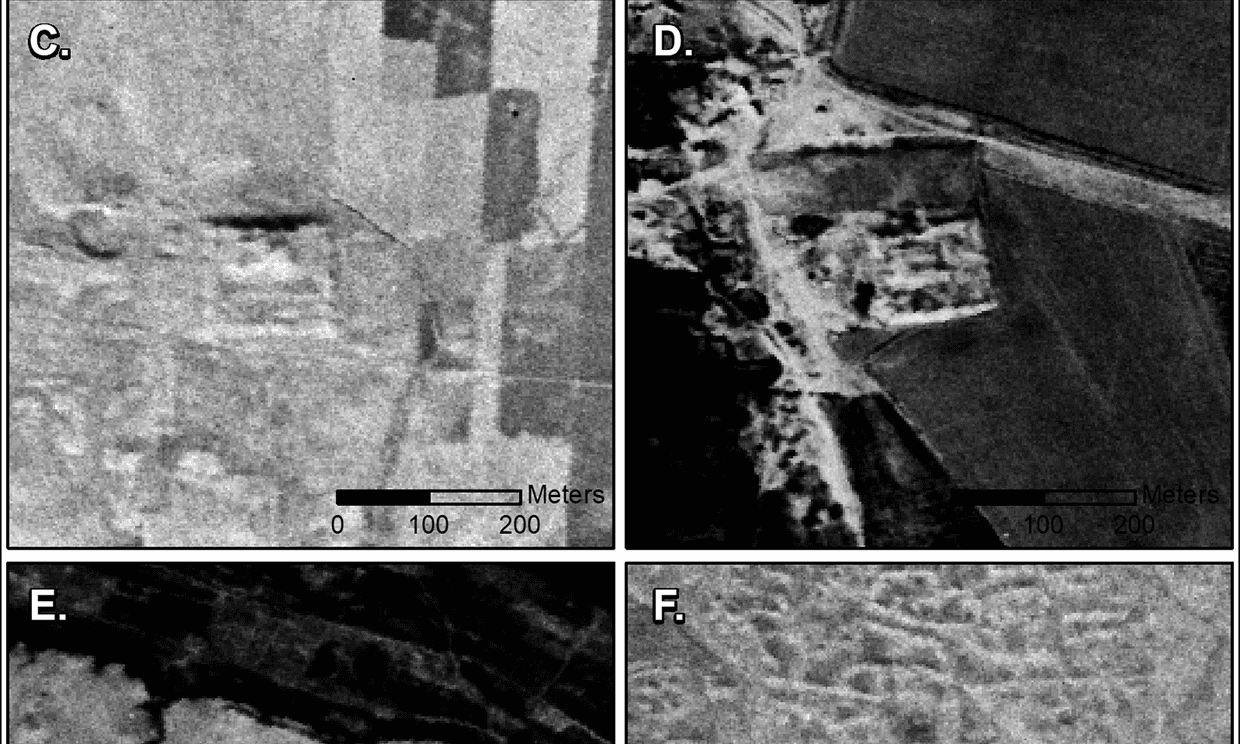
Satellite images reveal 396 Roman forts
The French Jesuit explorer Antoine Poidebard, who pioneered aerial archaeology in the Middle East using his biplane, surveyed the area in 1934. During that survey, he noted a row of 116 forts.
Until now, historians have assumed that these fortresses were part of a defensive line built to protect the eastern province of the Roman Empire from invasions by Arabs and Persians, as well as from nomadic tribes intent on capturing and raiding slaves.
But the authors of the newly published study say the new findings suggest that the Roman Empire’s borders were less rigid and saw vibrant trade rather than constant conflict. The 396 forts, distributed from east to west, likely supported a caravan-based system of interregional trade, communication and military transport.
"Since the 1930s, historians and archaeologists have debated the strategic or political purpose of this fortification system. But few scholars have questioned Poidebard's basic observation that there was a line of forts defining the eastern Roman border," said the study's lead author, Professor Jesse Casana, of Dartmouth College (New Hampshire, USA).
Researchers believe that ancient Rome was a military society, but it is clear that they valued trade and communication with areas not under their direct control.
The images studied were part of the world's first spy satellite program, launched at a time of heightened geopolitical tensions between the US and the Soviet Union during the Cold War years. Using these images, archaeologists discovered fortresses that had been hidden by modern structures.
“Careful analysis of this important data could lead to future discoveries in the Middle East and beyond,” said Professor Casana.
Source link


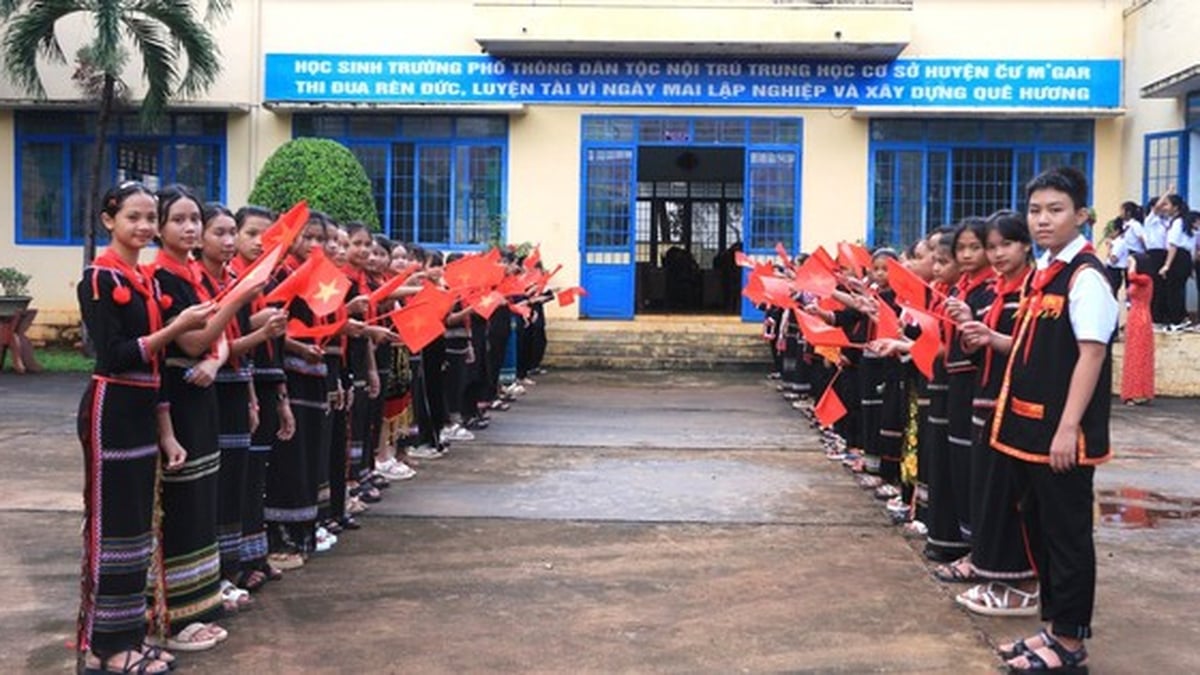
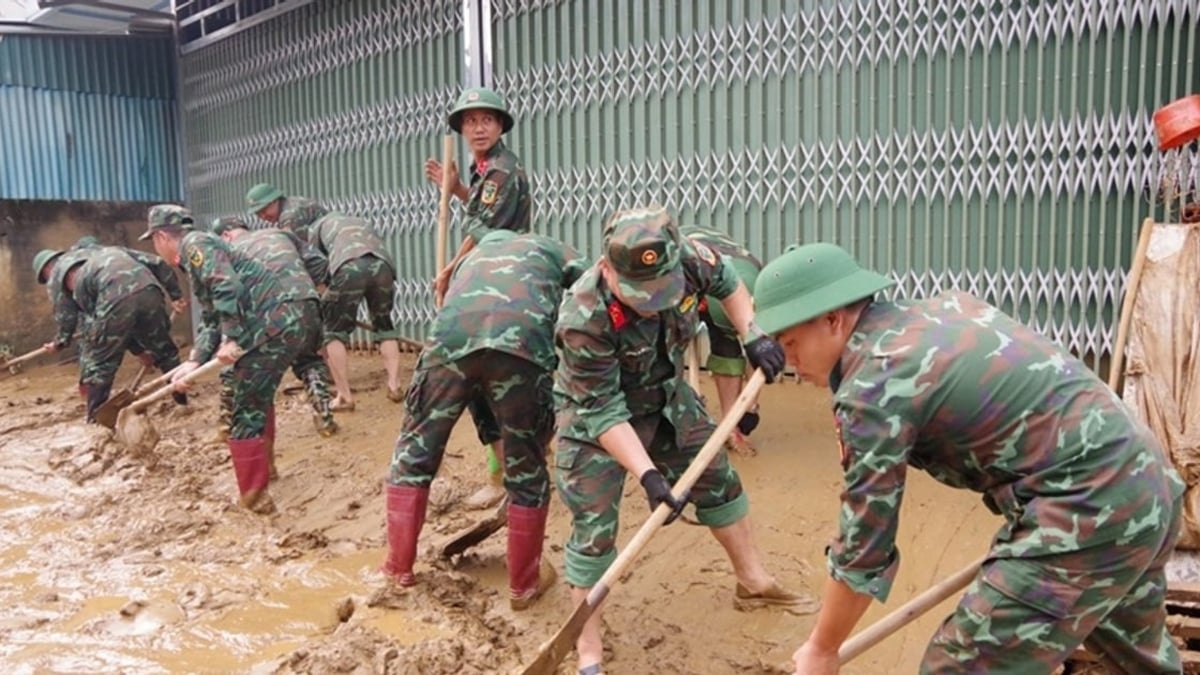

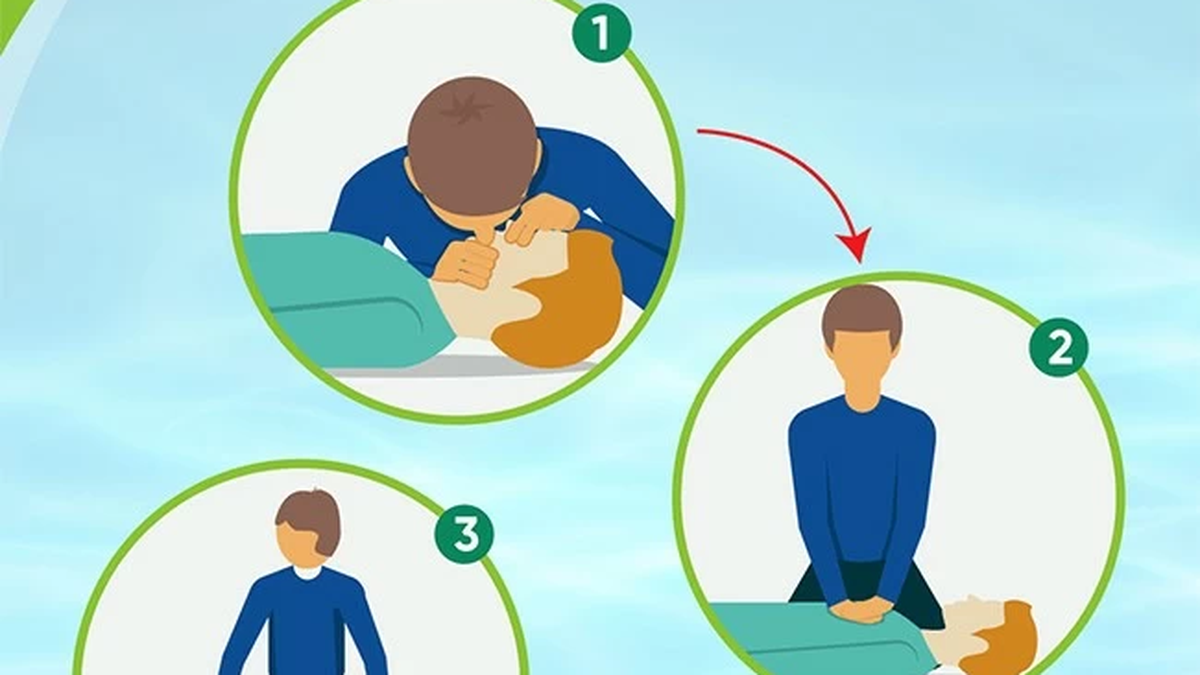


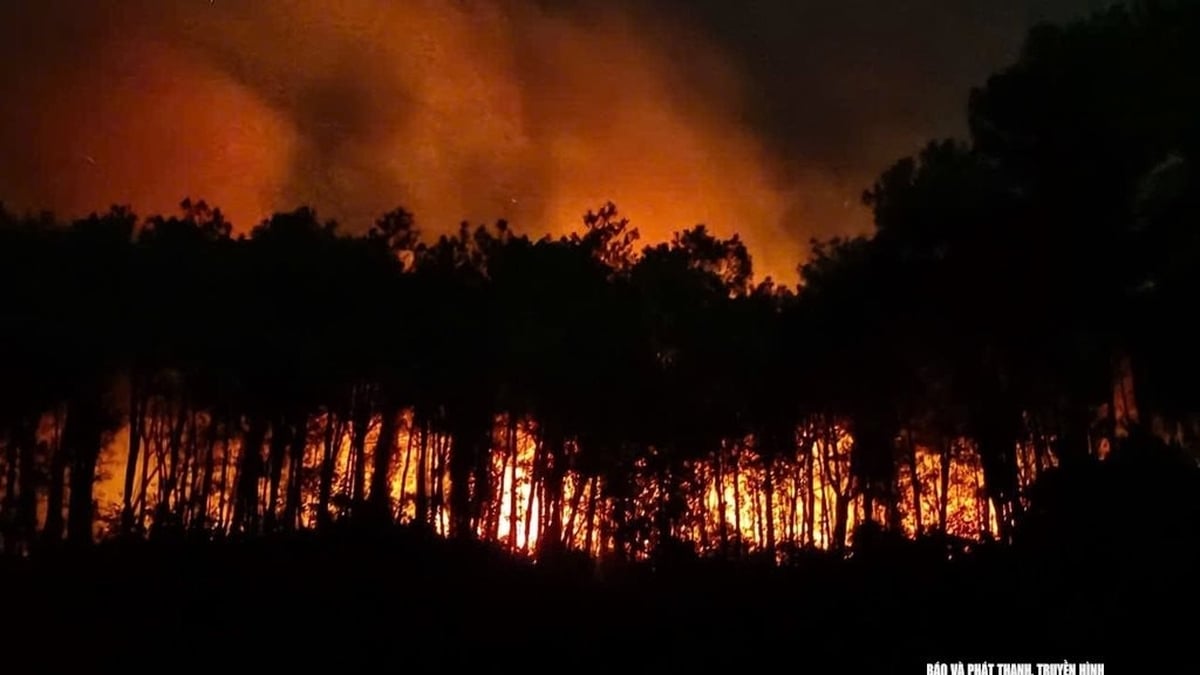













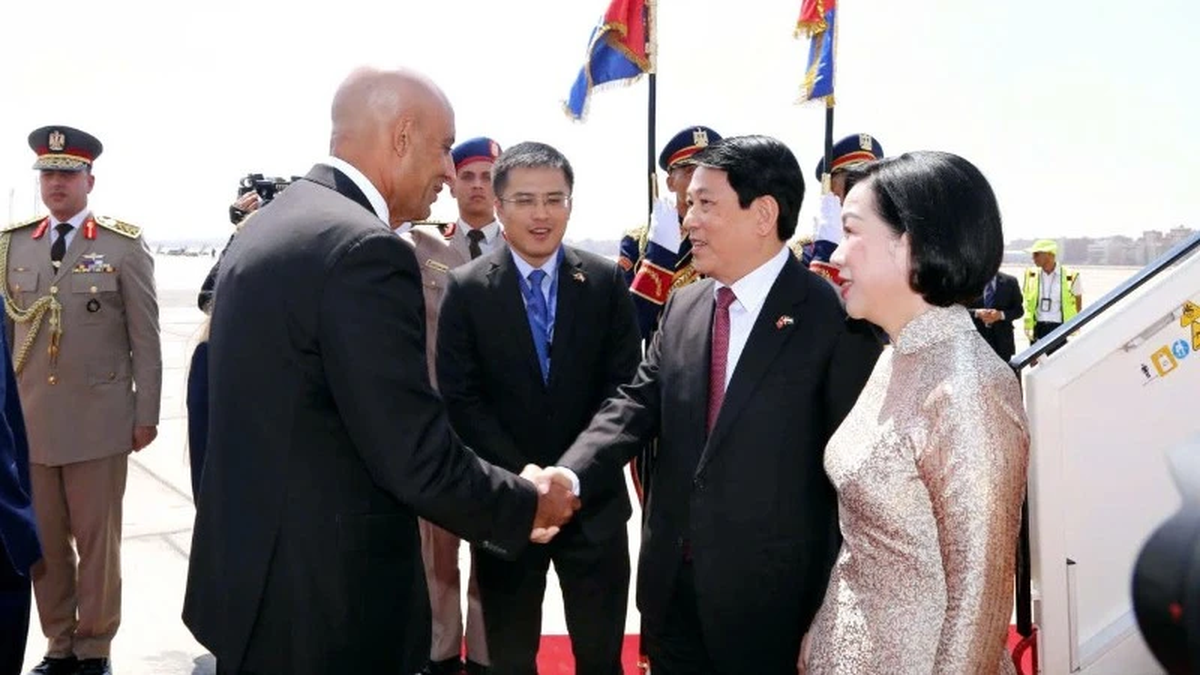












































































Comment (0)